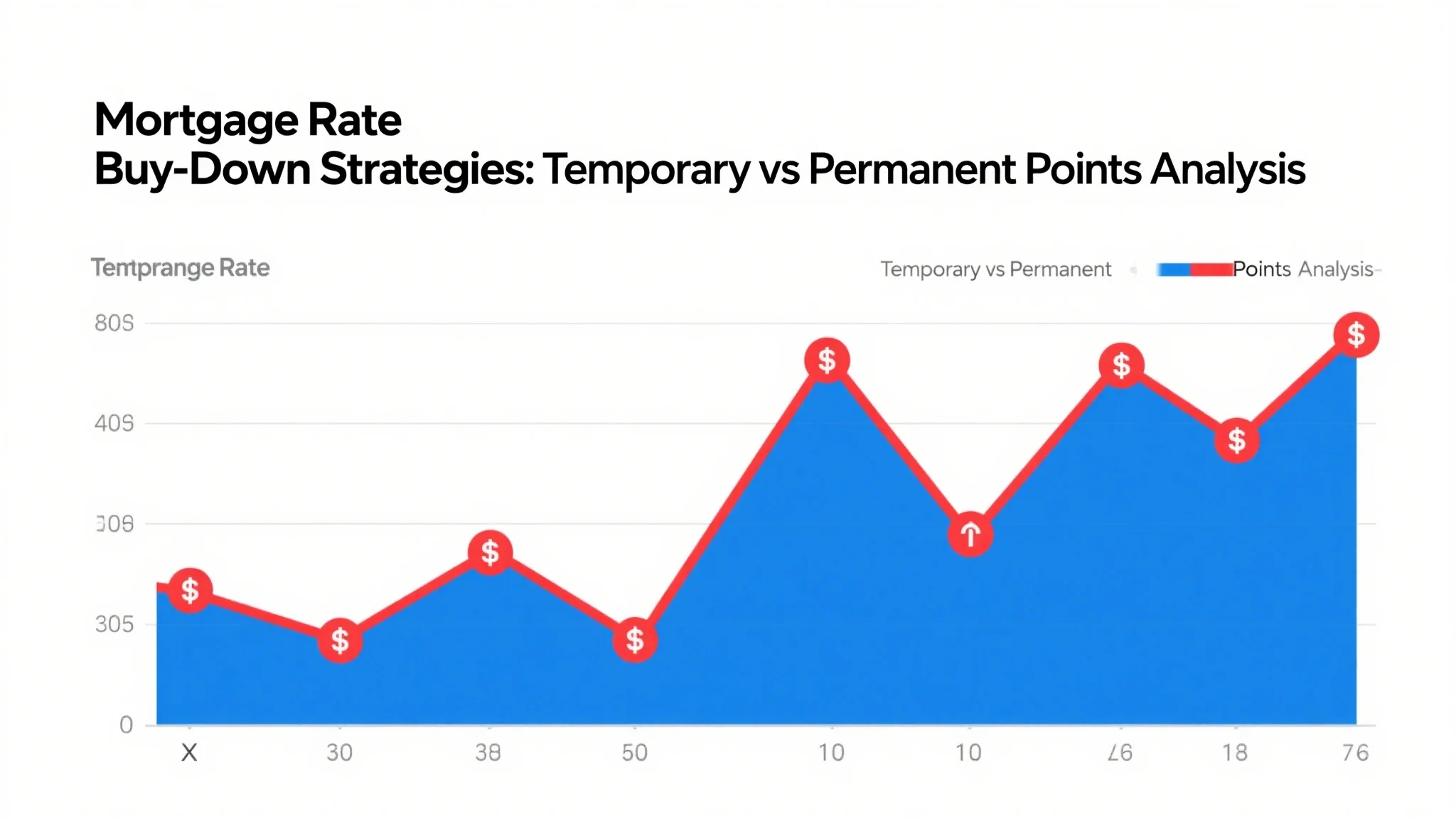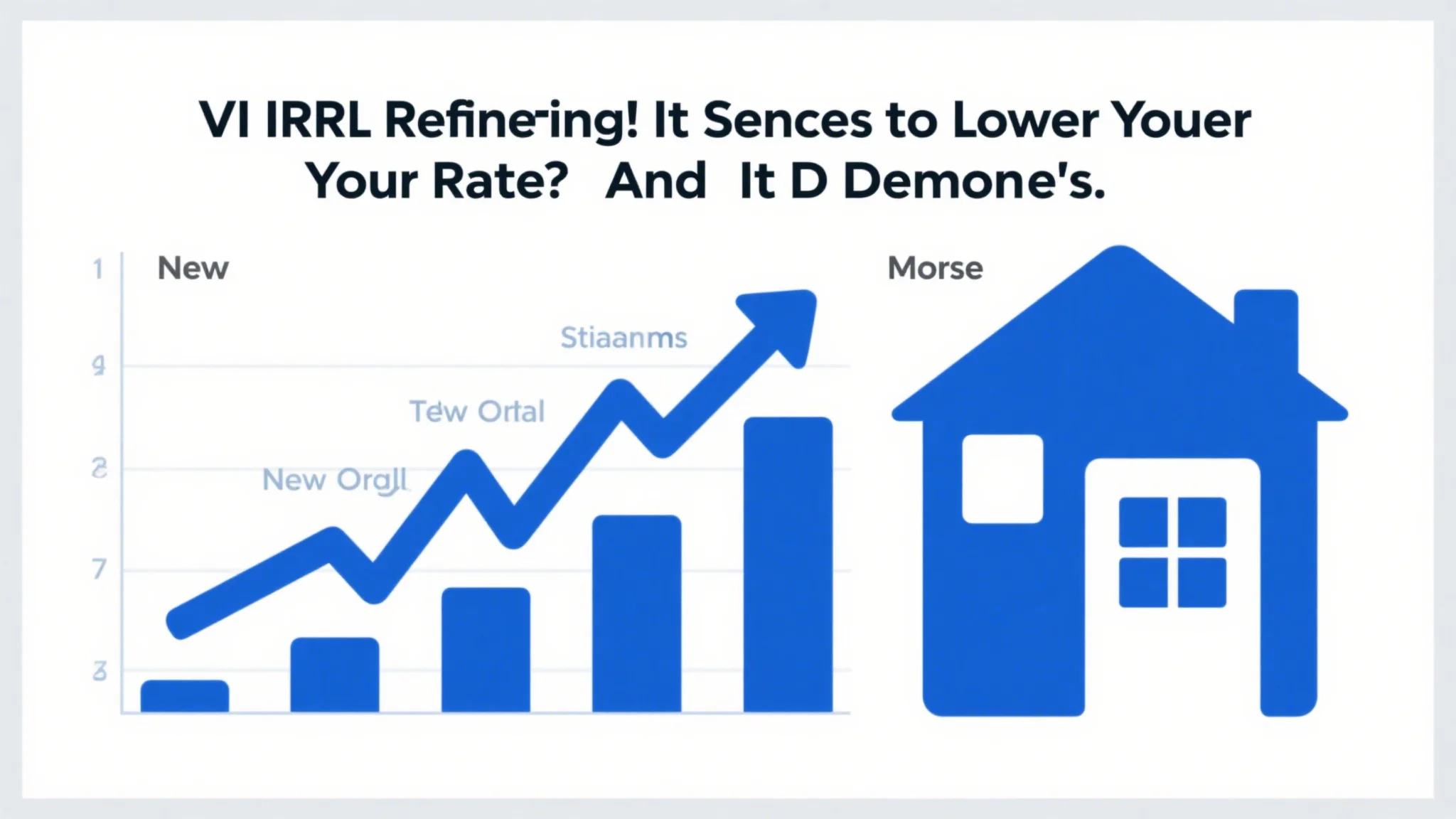The Renovation Paradox: Understanding the Phenomenon
In the realm of real estate, renovations are often seen as a surefire way to increase a home’s value. After all, upgrading outdated fixtures, modernizing interiors, and adding square footage can make a property more attractive to buyers. However, there’s a growing trend where certain renovations not only fail to boost value but actually cause it to drop. This phenomenon is known as the renovation paradox, and it’s becoming increasingly relevant as we approach 2025.

To understand this paradox, it’s essential to delve into the psychology of homebuyers and the dynamics of the real estate market. While some upgrades are universally appealing, others can alienate potential buyers or make a home feel out of place in its neighborhood. In 2025, with shifting tastes and environmental concerns, the line between beneficial and detrimental renovations is becoming increasingly blurred.
1. Over-Renovation: When Too Much Is Too Little
One of the most common culprits in the renovation paradox is over-renovation. This occurs when homeowners invest heavily in transforming their property, often altering its original character to the point of making it feel disjointed or unnatural. For example, tearing down walls to create an open-concept layout might seem like a modern upgrade, but it can leave a home feeling impersonal and lacking in charm.
In 2025, buyers are increasingly drawn to homes that reflect a balance between modernity and authenticity. Over-renovated properties often fail to resonate with this sentiment, as they can feel cold and impersonal. Instead of trying to overhaul every aspect of your home, focus on subtle upgrades that enhance its existing features without losing its character.
2. The Importance of Curb Appeal
While interior renovations often take center stage, the curb appeal of a home is one of the most critical factors in determining its value. A well-maintained exterior can make a strong first impression, while a neglected one can deter buyers before they even step inside.
In 2025, curb appeal will likely emphasize sustainability and energy efficiency, as eco-conscious buyers become more prevalent. Installing solar panels, for instance, can significantly enhance a home’s value, both in terms of aesthetics and functionality. On the other hand, over-the-top landscaping or overly flashy exterior features can come across as tacky and may not appeal to all buyers.
3. The Pitfalls of Following Trends Blindly
Homeowners often make renovation decisions based on current trends, assuming that what’s popular today will remain popular tomorrow. However, this approach can be risky, as trends are inherently fleeting. For example, while modern glass walls might seem like a cutting-edge addition in 2023, they could feel outdated by 2025.
Instead of chasing trends, focus on timeless design elements that are unlikely to fall out of favor. Neutral color palettes, natural materials, and functional layouts are examples of upgrades that tend to hold their value over time. Additionally, consider the long-term maintenance and replacement costs of any renovation. For instance, while a luxury marble countertop might look stunning, it could become a financial burden if it requires frequent sealing or replacement.
4. The Role of Location, Location, Location
In real estate, the adage “location, location, location” remains as relevant as ever. While renovations can certainly enhance a home’s appeal, they are unlikely to compensate for a poor location. For example, a beautifully remodeled home in a quiet, suburban neighborhood might struggle to compete with a less renovated property in a bustling urban area.
In 2025, the importance of location will likely be amplified by the growing demand for proximity to urban centers, schools, and amenities. Homeowners in desirable locations may find that even minimal renovations can significantly increase their property’s value. Conversely, those in less desirable areas may find that no amount of renovation can overcome the limitations of their location.
Navigating the Renovation Paradox in 2025
As we approach 2025, the renovation paradox will continue to challenge homeowners and real estate professionals alike. By understanding the factors that contribute to this phenomenon, you can make more informed decisions about which upgrades are likely to enhance your home’s value and which ones might do more harm than good.
1. The Rise of Minimalist Design
In recent years, minimalist design has gained traction as a desirable aesthetic, with its clean lines, neutral tones, and uncluttered spaces. This trend is expected to continue into 2025, with buyers increasingly favoring homes that offer a sense of calm and simplicity.
While minimalist design can certainly enhance a home’s appeal, it’s important to strike a balance between functionality and aesthetics. Overly minimalist spaces can feel cold and impersonal, which may deter some buyers. Instead, focus on creating a space that feels both modern and inviting, with a mix of neutral tones and subtle decorative elements.
2. The Growing Importance of Outdoor Spaces
As urbanization continues to rise, the demand for outdoor spaces that offer a connection to nature is also increasing. In 2025, homeowners can expect that well-designed outdoor areas, such as gardens, patios, and even rooftop decks, will play a significant role in determining a property’s value.
However, it’s important to avoid over-investing in outdoor upgrades that may not be practical or may not align with the neighborhood’s character. For example, a luxurious infinity pool might seem like a desirable feature, but it could be out of place in a suburban neighborhood or require excessive maintenance. Instead, focus on creating outdoor spaces that are functional, low-maintenance, and in tune with the local environment.
3. The Impact of Technology on Home Value
In 2025, technology will continue to play a pivotal role in home design and functionality. Smart home features, energy-efficient systems, and integrated entertainment solutions are just a few examples of upgrades that can enhance a home’s appeal.
That said, it’s important to avoid going overboard with technology, as some buyers may find overly complex systems intimidating or unnecessary. Instead, focus on integrating technology that offers clear benefits, such as energy-saving appliances or security systems that enhance safety without compromising on simplicity.
4. The Role of Sustainability in Renovation
With growing concerns about climate change and environmental sustainability, eco-friendly renovations are likely to become even more important in 2025. Homeowners who invest in energy-efficient upgrades, such as solar panels, rainwater harvesting systems, and green roofs, can expect to see a significant return on their investment.
However, it’s crucial to ensure that any sustainable upgrades you make align with the overall aesthetic of your home and neighborhood. For example, while a green roof might be an excellent way to reduce your carbon footprint, it could also make your home stand out in a way that’s not entirely desirable. As with any renovation, balance is key.
The renovation paradox highlights the importance of making thoughtful, well-informed decisions when it comes to upgrading your home. While certain renovations can undoubtedly enhance your property’s value, others may have the opposite effect, leaving you with a less desirable and potentially less valuable asset.
As we approach 2025, the key to navigating this paradox will lie in understanding the evolving tastes and priorities of homebuyers, as well as the unique characteristics of your property and its location. By focusing on timeless design, functionality, and sustainability, you can make renovations that not only enhance your home’s value but also align with the needs and preferences of the future.
Remember, the goal of renovation is not to create a home that’s simply “updated” but to create a space that feels truly yours while also appealing to a broad range of potential buyers. With careful planning and thoughtful execution, you can avoid falling into the renovation paradox and ensure that your home remains a valuable asset for years to come.


